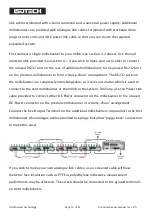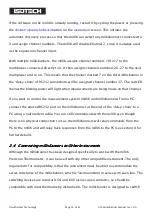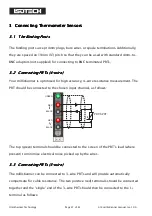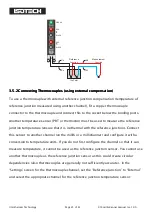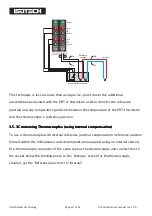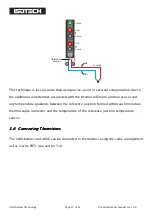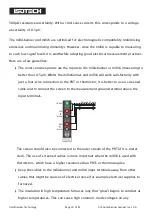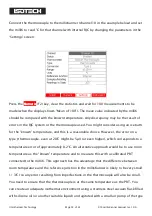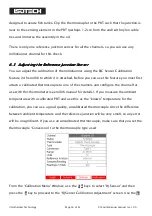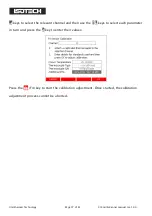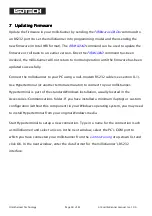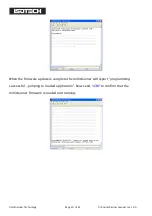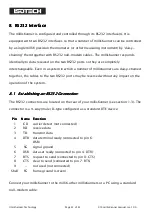
©Isothermal Technology
Page 29 of 61
914 millisKanner manual Iss. 1.00
4
4
4
4
Good Practice Guidelines
Good Practice Guidelines
Good Practice Guidelines
Good Practice Guidelines
4.1
4.1
4.1
4.1
Looking After Your millisKanner
Looking After Your millisKanner
Looking After Your millisKanner
Looking After Your millisKanner
Your millisKanner is a precision electronic instrument intended for indoor use in a
laboratory, light industrial or office environment. Nonetheless, it has been designed to be
as robust as practical and will provide many years of service, provided it is properly
maintained.
The only part of the millisKanner that requires a routine calibration check is the internal
reference junction temperature sensor. We recommend that you check this annually. You
can check this yourself using the procedures given in this manual (see section 6.2), or we
can provide a traceable calibration of your millisKanner at one of our approved
calibration centres (contact Isothermal Technology or one of our appointed distributors
for details). The millisKanner should require little maintenance between calibrations
other than routine cleaning.
Clean your millisKanner, as required, using either a proprietary cleaner (such as those
sold for cleaning PCs) or water and a little mild liquid soap on a lint-free cloth. Never use
abrasive cleaners (such as ‘cream’ cleaners) on your millisKanner.
4.2
4.2
4.2
4.2
Making a Good Electrical Measurement
Making a Good Electrical Measurement
Making a Good Electrical Measurement
Making a Good Electrical Measurement
Although the millisKanner and milliK are intended for use in temperature metrology, its
base measurements are electrical (resistance or voltage). The limited sensitivity of PRTs
and thermocouples means that in order to achieve uncertainties at the mK level, we need
to make electrical measurements that rival those of a good electrical metrology
laboratory. For example, for a 25
Ω
SPRT a 5mK temperature uncertainty corresponds to

